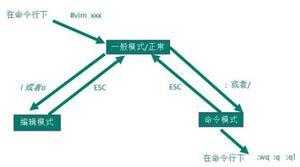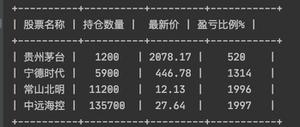在 Python 中将一个 Chebyshev 系列乘以另一个
要将一个切比雪夫级数与另一个级数相乘,请使用多项式。Python中的方法。该方法返回代表其乘积的切比雪夫级数系数数组。返回两个切比雪夫级数 c1 * c2 的乘积。参数是系数序列,从最低阶“项”到最高阶,例如,[1,2,3] 表示序列 T_0 + 2*T_1 + 3*T_2。参数 c1 和 c2 是从低到高排列的 Chebyshev 级数系数的一维数组。chebyshev.chebmul()
脚步
首先,导入所需的库 -
import numpy as npfromnumpy.polynomialimport chebyshev as C
创建 Chebyshev 级数系数的一维数组 -
c1 = np.array([1,2,3])c2 = np.array([3,2,1])
显示系数数组 -
print("Array1...\n",c1)print("\nArray2...\n",c2)
显示数据类型 -
print("\nArray1 datatype...\n",c1.dtype)print("\nArray2 datatype...\n",c2.dtype)
检查两个阵列的尺寸 -
print("\nDimensions of Array1...\n",c1.ndim)print("\nDimensions of Array2...\n",c2.ndim)
检查两个阵列的形状 -
print("\nShape of Array1...\n",c1.shape)print("\nShape of Array2...\n",c2.shape)
要将一个切比雪夫级数与另一个级数相乘,请使用多项式。Python Numpy 中的方法 -chebyshev.chebmul()
print("\nResult (multiplication)....\n",C.chebmul(c1,c2))示例
import numpy as np输出结果fromnumpy.polynomialimport chebyshev as C
#创建 Chebyshev 级数系数的一维数组
c1 = np.array([1,2,3])
c2 = np.array([3,2,1])
#显示系数数组
print("Array1...\n",c1)
print("\nArray2...\n",c2)
#显示数据类型
print("\nArray1 datatype...\n",c1.dtype)
print("\nArray2 datatype...\n",c2.dtype)
#检查两个数组的尺寸
print("\nDimensions of Array1...\n",c1.ndim)
print("\nDimensions of Array2...\n",c2.ndim)
#检查两个数组的形状
print("\nShape of Array1...\n",c1.shape)
print("\nShape of Array2...\n",c2.shape)
#要将一个 Chebyshev 系列与另一个相乘,请使用 Python Numpy 中的 polynomial.chebyshev.chebmul() 方法
print("\nResult (multiplication)....\n",C.chebmul(c1,c2))
Array1...[1 2 3]
Array2...
[3 2 1]
Array1 datatype...
int64
Array2 datatype...
int64
Dimensions of Array1...
1
Dimensions of Array2...
1
Shape of Array1...
(3,)
Shape of Array2...
(3,)
Result (multiplication)....
[ 6.5 12. 12. 4. 1.5]
以上是 在 Python 中将一个 Chebyshev 系列乘以另一个 的全部内容, 来源链接: utcz.com/z/297278.html







